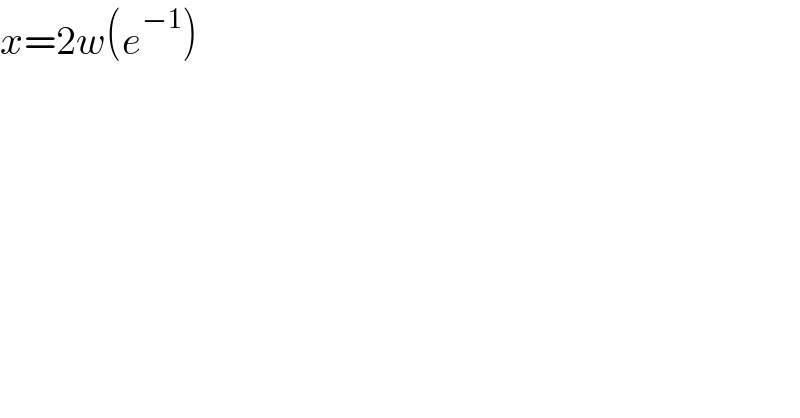
Question and Answers Forum
Question Number 142802 by Gbenga last updated on 05/Jun/21

Commented by Dwaipayan Shikari last updated on 06/Jun/21

Answered by MJS_new last updated on 06/Jun/21

| ||
Question and Answers Forum | ||
Question Number 142802 by Gbenga last updated on 05/Jun/21 | ||
 | ||
Commented by Dwaipayan Shikari last updated on 06/Jun/21 | ||
 | ||
Answered by MJS_new last updated on 06/Jun/21 | ||
 | ||
| ||